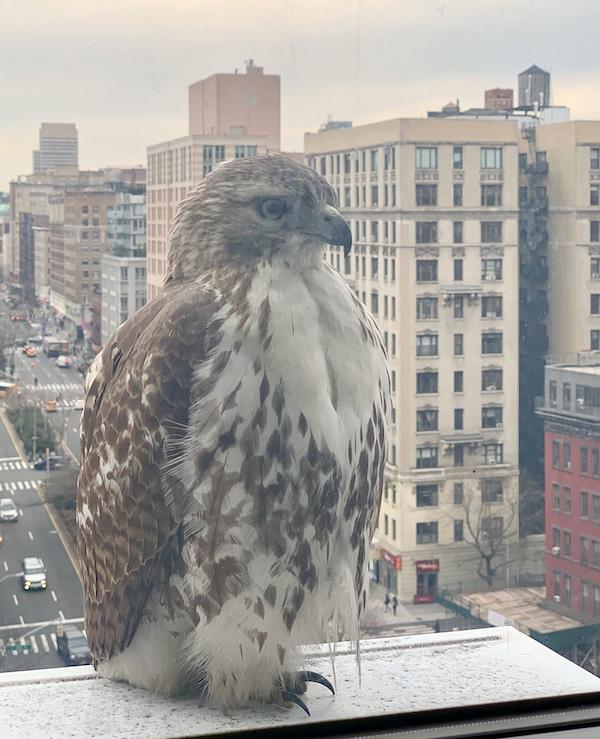A Great Blue Heron was spotted Sunday morning eating a rat in the Central Park Pond, and he devoured the little creature in one fell swoop.
Manhattan Bird Alert documented the long-necked predator swallowing the rodent head first. Responding to questions from the Colosseum, David Barrett – the owner of the usually-less-graphic bird-watching account – advised that the rat was dead at the time of its consumption, and that the heron most likely “speared” it before possibly drowning it.
— Manhattan Bird Alert (@BirdCentralPark) September 5, 2021
Another good question from the crowd was whether the rat was already in the water, or if the bird had brought it there. Manhattan Bird Alert had arrived too late to have an answer, though.
Advertisement
The Great Blue Heron made its first major media appearance in 2019, but hasn’t chirped up much since as it didn’t want to ruffle feathers by stealing the spotlight from the owls or hawks (or other things that become famous by flying or crawling or climbing or swimming). But, bird on the street is that it’s the heron’s time.

Well, this is hawkward – a hawk who realizes he’s already beaked.



The far more important question “from the crowd” should have been: if the rat were dead before the heron found it, either in or out of the water, was it poison that killed it? And if we’re still using warfarin, that literally causes the rat to bleed internally to death, wouldn’t that anti-coagulant/poison transport over into the digestive tract of the heron, killing it slowly? Either we allow owls, hawks, herons, garter and rat snacks to enter our ecosystem (a.k.a. Central, Riverside, Prospect parks, et al.) or we trap them as quickly as we find them and move them to safer places. We cannot
lay poison traps all over the city and just look the other way as squirrels, cats, dogs and other animals and birds become victim to our primitive pest eradication solution.